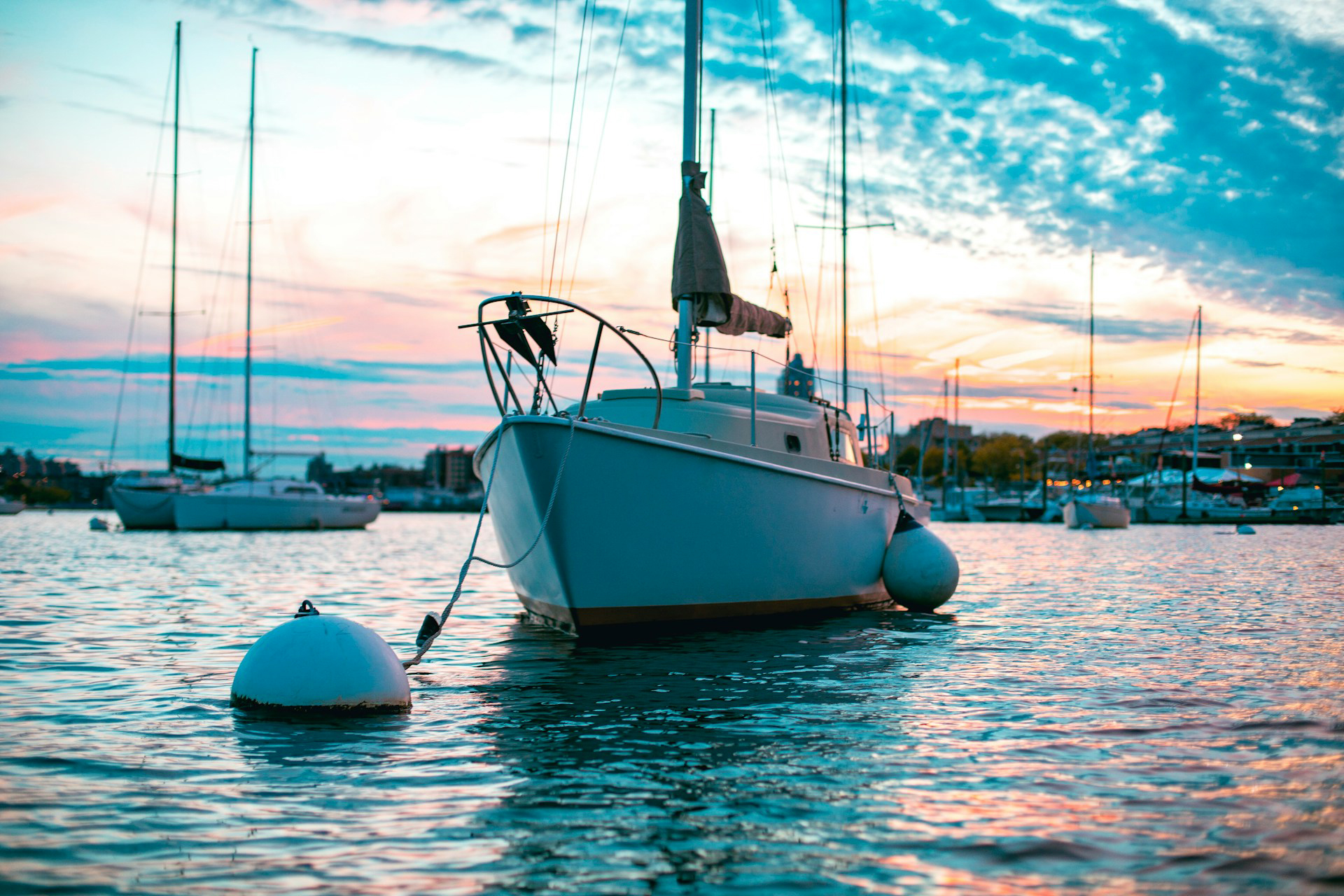Summer is well underway, and Fall will be here shortly. That can only mean one thing – the cold weather is nearing, and you should take precautionary steps to protect your boat. Boat winterization is a beneficial practice that includes draining your boat of any liquid abroad to prevent damage from ice and frost.
It also includes replacing all liquid fluids with antifreeze before storing your boat for the cold months to protect it against extreme cold temperatures.
Below, we’ll outline the best tips to help you winterize your boat and prepare your vessel for the winter to ensure you have it up and ready for the next sailing season.
Should you winterize your boat?
Unless you’re using your boat year-round, boat winterization is the most effective way to ensure your vessel is safe and ready for your next cruise when the sailing season arrives.
If you just love spending time enjoying your boat, taking extra care of it shouldn’t be a problem, especially when it comes to preserving a vessel that gives you so much pleasure and joy.
Even if you live in an area with more seasonable temperatures during the cold months, you should still consider winterizing your boat during the winter months to protect it from numerous environmental hazards, even more so if you live in a colder state.
Regardless of your location, you should come up with some type of boat winterization plan to safeguard your vessel from cold temperatures and other winter-related problems.
When to start preparing your boat for winter
The best period for boat winterization depends on many factors. If you’re an experienced boater, you’ll wish to make the most out of the boating season. However, you should not wait until the last moment.
Without the proper winterization protection, your boat engine will freeze in temperatures below 28°F, even more so if the temperature stays low for an extended period. Freshwater engines can freeze at temperatures below 32°F without proper coolant and protection.
In short, an unexpected overnight frost might not damage your boat or freeze your engine, but it can cause numerous problems you don’t want to deal with unprepared. So, the best time to prepare your boat for winter is when the temperature dips below 32°F.
If you live in a relatively cold area with seasonable fall temperatures, September is the best month to start winterizing your boat.
Here’s a boat winterization preparation strategy to follow:
- Set a steady date for boat winterization;
- Get the necessary equipment and items for winterizing your boat;
- Ensure you have enough storage space for your boat;
- Create a winterization schedule with a set routine;
- Visit the National Oceanic and Atmospheric Administration (NOAA) to acquire the latest winterization data and determine the best moment to start preparing your boat for the winter;
- Don’t forget to perform the necessary maintenance before storing the boat away for the winter.
What happens if you fail to prepare your boat for the winter?
Low temperatures, natural elements, and harsh environmental conditions can expose your vessel to risk for damage.
Freezing temperatures can damage your boat in various ways:
- Frozen water tends to expand, causing damage to a refrigeration system, fiberglass, hoses, and the engine;
- Exhaust manifolds and engine blocks can freeze and crack, rendering your vessel unusable;
- Excessive water left on the vessel can lead to corrosion and cause mildew and mold growth.
The direct consequence of failing to protect your boat against freezing temperatures is spending excessive time, effort, and money to repair the damage. In the worst-case scenario, you could lose your vessel. Boat winterization can spare you trouble, protect your boat, and save you time, effort, and resources in the long run.
Top boat winterization tips
Here are the steps to take you through the boat winterization process and ensure you safeguard your vessel:
- Purchase a top-grade storage cover for your vessel;
- Replace engine oil;
- Remove and drain all water from the vessel’s engine and all other systems, such as the bilge pump, live wells, raw water washdowns, etc.;
- Protect the engine against corrosion by applying adequate protection;
- Run the engine and add a fuel stabilizer to the fuel system;
- Defog engine and replace the gear oil;
- Inspect the engine’s water/fuel separators;
- Change fuel filters in the engine;
- Add antifreeze to the boat’s freshwater plumbing systems (drain the systems first);
- Remove all drain plugs;
- Thoroughly clean your boat before covering it, but make sure it’s completely dry;
- Wax the boat.
Since all boats are different and unique, check your manual for proper maintenance instructions on the best practices before you start winterizing your boat.
Conclusion
Boating is much more than a simple hobby. Every time you take your boat for a sail, you go on the adventure of a lifetime. For many boaters, this is the way of life. If you’re an avid boater who deems sailing a boat part of his lifestyle, boat winterization is the most effective way to ensure long life for your vessel and make it last for long years to come.

